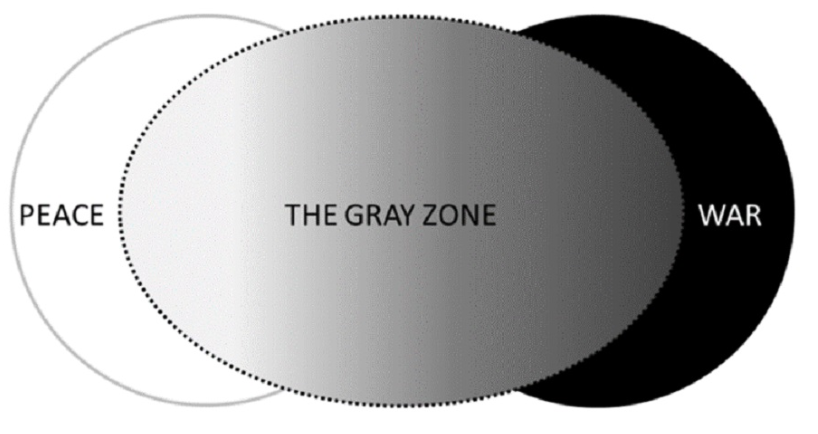Free Courses Sale ends Soon, Get It Now


Free Courses Sale ends Soon, Get It Now



Disclaimer: Copyright infringement not intended.
Context
In the lexicon on warfare, “grey-zone” is the latest entry, because of what has happened in the South China Sea and what has happened along our northern borders, Chief of Defence Staff Gen. Anil Chauhan said in a reference to China.
Details
Grey Zone Warfare
Ambiguity:
Non-Military Means:
Hybrid Tactics:
Strategic Objectives:
Challenges for Defense:
Global Significance:
China's grey zone warfare against India
India’s Counter Measures To Grey-Zone Warfare
|
PRACTICE QUESTION "Discuss the ethical implications of gray warfare in modern conflict." |
© 2024 iasgyan. All right reserved